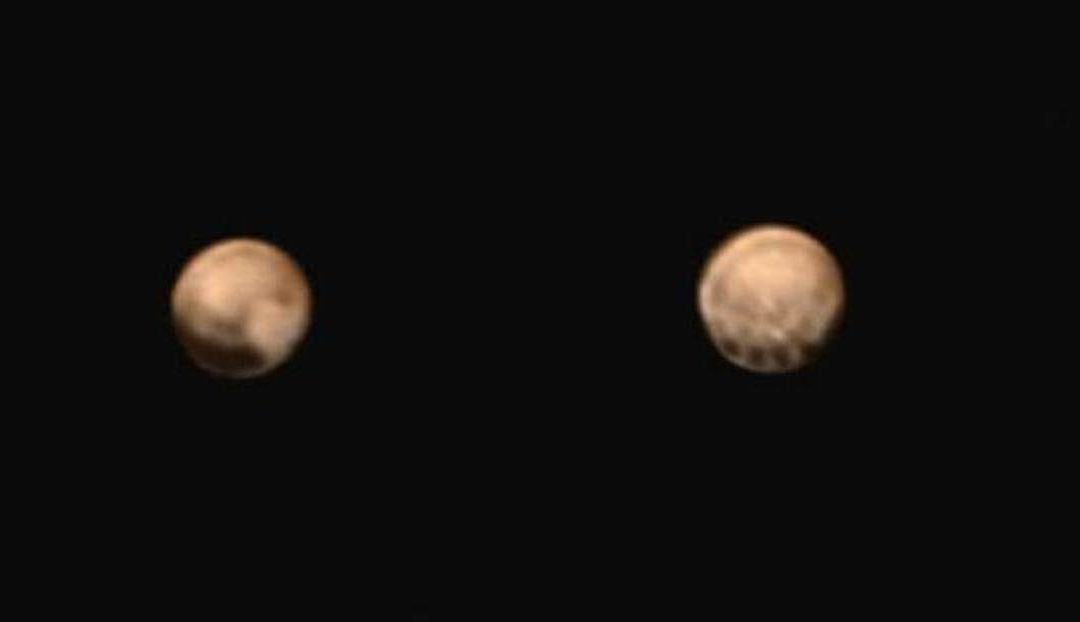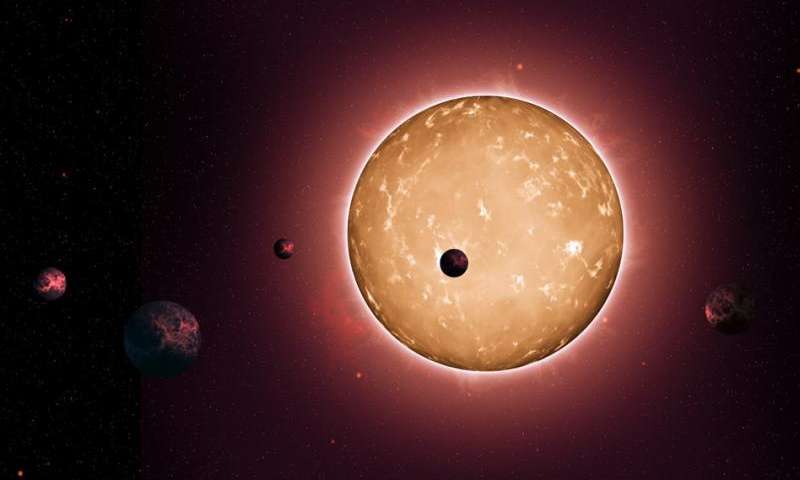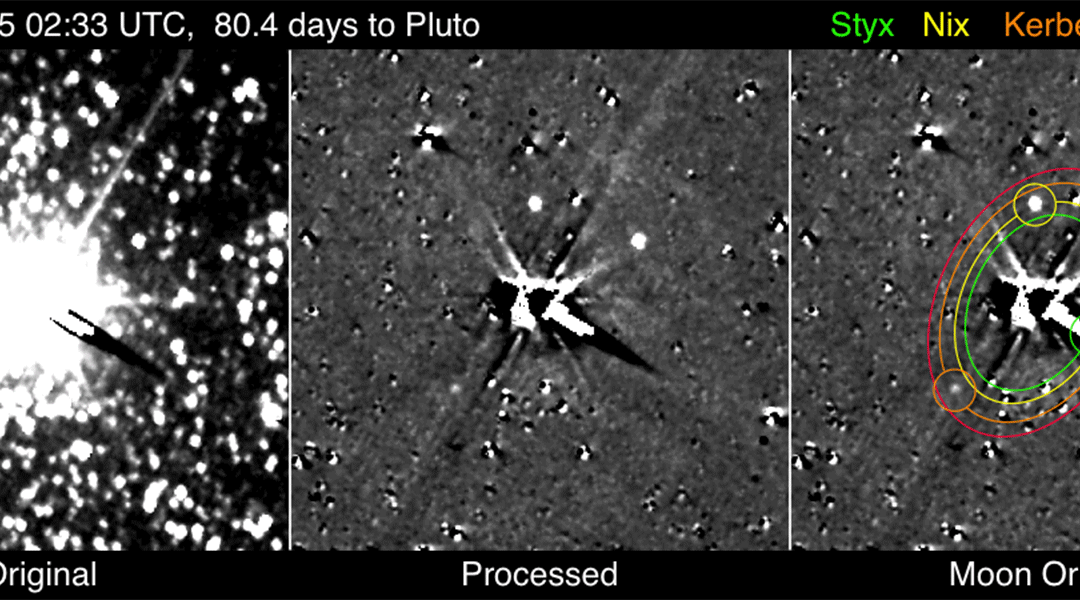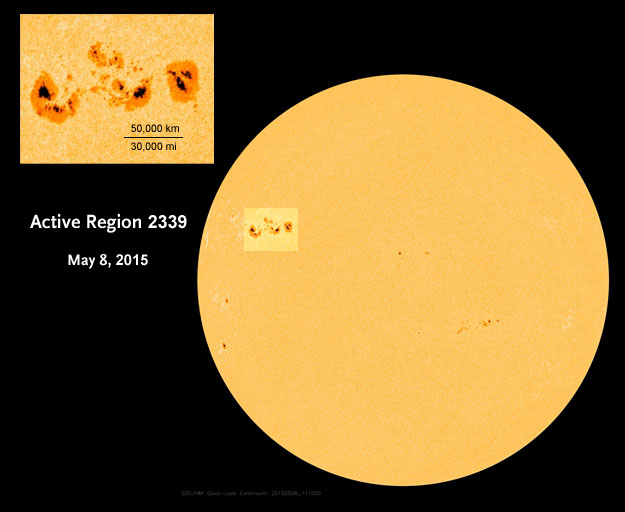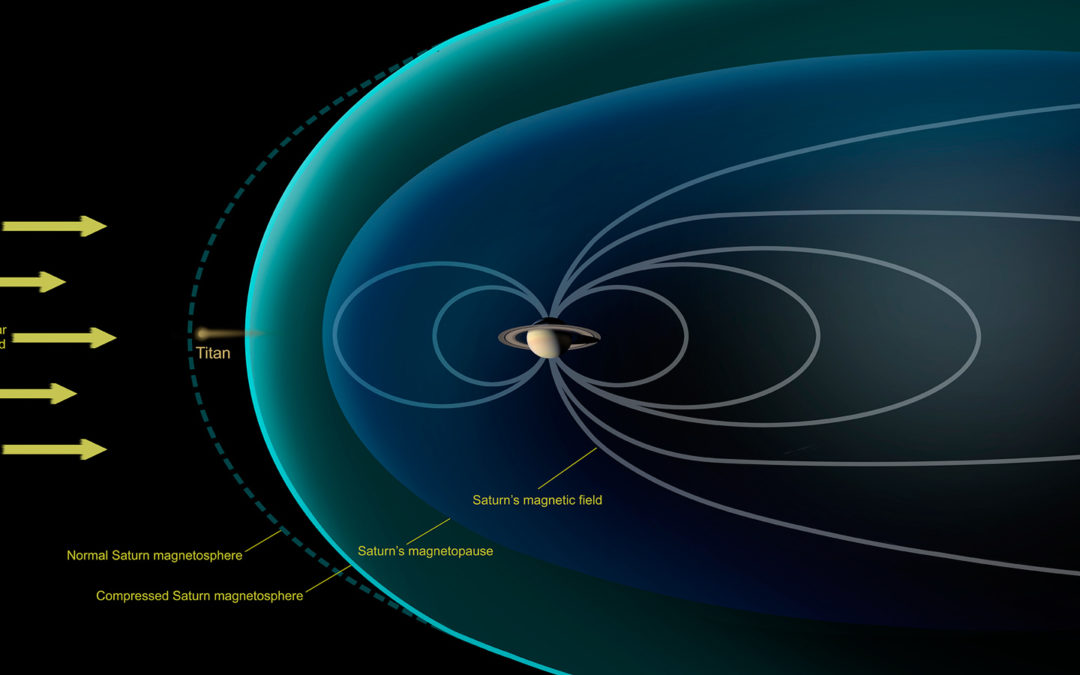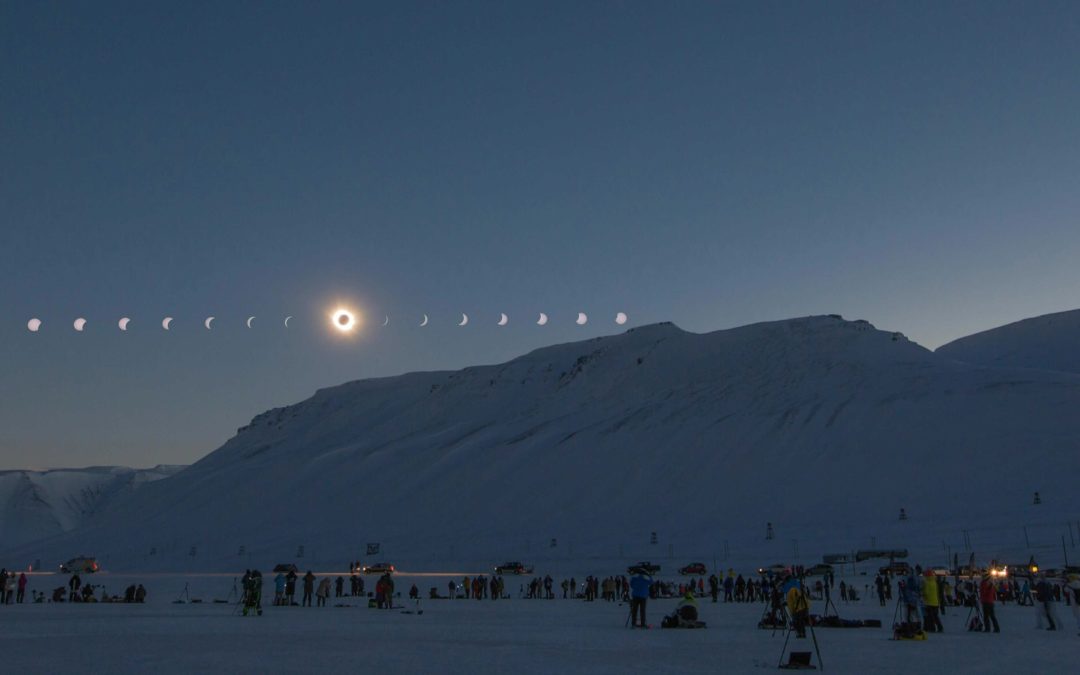
by Frank Tomaras | Jul 3, 2015 | News
New color images from NASA’s New Horizons spacecraft show two very different faces of the mysterious dwarf planet, one with a series of intriguing spots along the equator that are evenly spaced. Each of the spots is about 300 miles (480 kilometers) in diameter, with a...

by Frank Tomaras | Jun 1, 2015 | News
The system Kepler-444 formed when the Milky Way galaxy was a youthful two billion years old. The planets were detected from the dimming that occurs when they transit the disc of their parent star, as shown in this artist’s conception. Credit: NASA Read more at:...

by Frank Tomaras | May 20, 2015 | News
85 Years after Pluto’s Discovery, NASA’s New Horizons Spots Small Moons Orbiting Pluto Complete story here: http://www.nasa.gov/nh_new-horizons-spots-small-moons-orbiting-pluto

by Frank Tomaras | May 8, 2015 | News
Big Sunspot Group Now in View . “Solar maximum” is supposed to be the exciting part of our star’s 11-year-long activity cycle. But right now we’re on the declining side of a very disappointing Solar Cycle 24, which peaked last year and...

by Frank Tomaras | Mar 31, 2015 | News
This diagram depicts conditions observed by NASA’s Cassini spacecraft during a flyby in Dec. 2013, when Saturn’s magnetosphere was highly compressed, exposing Titan to the full force of the solar wind. Image credit: NASA/JPL-Caltech.. Full story on the...

by Frank Tomaras | Mar 21, 2015 | News
This amazing Solar sequence was taken from the Svalbard penninsula in Norway. Image courtesy of Jia Jun Chen (@ch3chen) from Shanghai, China. Click on image below for higher resolution: Here is the Sky + Telescope report from the March 20 2015 Solar Eclipse Reports...
